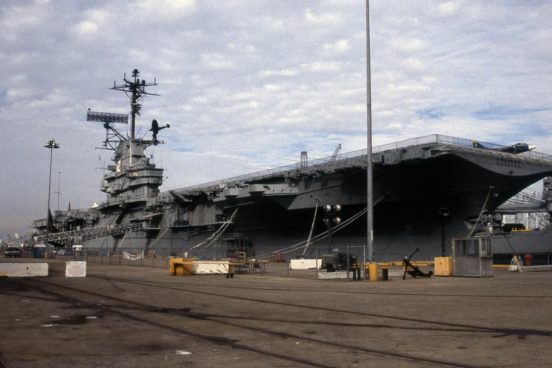Laser Peening & Peen Forming For Maritime
Revolutionizing Vessel Design and Repair
Laser Peening is proven to extend the service lifetime of common shipbuilding metals like aluminum and steel by fighting failures like sensitization, corrosion, and fatigue cracking.
Laser Peening in the Shipyard
Fatigue failure is a result of dynamic loads placed on different components of a ship. These failures are costly to repair and put the ship out of commission for far too long. Laser peening and laser peen forming applications can save time and money by efficiently protecting parts and extending the life of important aspects of the ship.
- Ship Hull
- Engines & Propulsion Systems
- Ship Structure
- Shafts
- Propellers
- Welded Joints
- Bilge Keels
- Metal Shape Forming
Laser peening can demonstrate material improvements in a variety of metals for shipbuilding including: titanium alloys, steel alloys, stainless steels, nickel alloys, aluminum alloys, carburized and nitrided steels.
Don’t see your application?
Contact Us
Laser Peening & Forming
Laser peening can be tailored to correct distortions and form compound curvatures. This is called laser peen forming.
Because these distributions are readily responsive to today’s analytical modeling tools, we can use Finite Element Analysis (FEA) to simulate the imparted plastic strain along with the elastic response of the surrounding material. This allows accurate, scalable predictions that translate into a vast array of unique curvatures and shapes.
- Up to 10x Component Life Improvement
- Prevents Costly Failures
- Precisely Controlled and Localized Process
- Decreases Downtime
- Enables the Design of Lighter Weight Components
- Reaches a Depth 10x Deeper Than Other Surface Enhancement Technologies
The Future of Shipbuilding and Repair
Take a Look at Some Real-World Examples of the Impact of Laser Peening
Let’s Get Started – Find Your Maritime Solution
We guarantee that laser peening can provide protection against corrosion, cracking, and many other types of metal fatigue.
We begin by understanding your parts, their purpose, and operating conditions for shipbuilding and repair.
Then we use computer modeling, as well as our extensive library of industry applications to show how laser peening can meet your needs.
Let us show you how laser peening can extend the operating life of your part by 3-10 times.





